The front door of a home is more than just an entryway; it’s a threshold, a symbolic portal between the outside world and the sanctuary within. In Chinese culture, this concept holds particular weight. The front door, or mén (门), is believed to be the “mouth” of the home, where qi (气) or vital energy enters. Decorating it thoughtfully is not just about aesthetics; it’s about attracting good fortune, prosperity, and positive energy into your life.
Choosing the right decorations goes beyond simply grabbing the first attractive item you see. It involves understanding the symbolism behind traditional Chinese motifs and adapting them to your personal style and the architectural nuances of your home. Whether you live in a traditional Chinese courtyard house or a modern apartment, there’s a way to incorporate these elements beautifully and meaningfully. Let’s explore how you can select the perfect Chinese front door decorations.
Understanding the Symbolism: The Language of Chinese Door Decor
Before diving into specific decorative items, it’s essential to understand the rich symbolism behind traditional Chinese motifs. These symbols are not mere Chinese front door decorations; they are powerful visual cues that carry specific meanings and aspirations. Here are some key concepts:
- Good Fortune : Perhaps the most ubiquitous symbol in Chinese culture, the character “Fu” (福), meaning good fortune or blessing, is often displayed upside down. This is a clever wordplay, as the word for “upside down” (dao, 倒 ) sounds like the word for “arrival” (dao, 到). An upside-down ‘Fu’ thus invites fortune to “arrive” at your door.
- Prosperity and Wealth : The character “Cai” (财), representing wealth and prosperity, is another common motif, often used alongside symbols of money like gold ingots or lucky coins.
- Happiness and Joy: The double happiness character (囍) is traditionally used for weddings and is associated with joy, happiness, and good relationships. While primarily for celebratory occasions, it can also be incorporated to bring general happiness into the home.
- Longevity and Health: Represented by the character “Shou” (壽), sometimes depicted with designs of peaches or cranes, this symbol is crucial for health, long life and is particularly valuable for families with elders.
- Guardian Animals and Mythological Creatures: Dragons, phoenixes, lions, and pixiu/Pi Yao are popular guardian figures believed to protect the home from negative influences and attract good luck. Each creature carries its own unique symbolism. For example, dragons represent power and good fortune, while phoenixes represent rebirth and prosperity.
- Colors: Red is the most auspicious color in Chinese culture, symbolizing happiness, good fortune, and prosperity. Gold represents wealth and royalty, while green represents health and growth. However, it is important to create a balance and not overwhelm your space with one particular colour.
- Materials: Natural materials like wood, bamboo, and stone are often prefer for their connection to nature and positive energy.
Choosing the Right Decorations: A Practical Guide
Now that you have a basic understanding of the symbolism, let’s look at specific types of decorations and how to choose them effectively:
Door Couplets
- What they are: These are pairs of vertical scrolls with auspicious phrases written in calligraphy. Traditionally, they are paste on either side of the door during the Spring Festival.
- Choosing them: Select couplets with phrases that resonate with your aspirations, such as prosperity, good health, harmony, or success. You can also find couplets with general blessings for the family or home. There are variations in length, and you should choose the appropriate length that best fits the space available on your door. The content should also be appropriate. For example, avoid couplets celebrating someone’s longevity if no elders live in the house.
- Placement: They flank the door, one on each side, with the characters read from top to bottom and right to left.
- Modern Take: You can find modern, minimalist versions or couplets printed on reusable material for easy seasonal changes without using glue or adhesive.
Door Gods
- What they are: These are images of heroic figures or deities believed to ward off evil spirits and protect the home. Common examples include Generals Qin Shubao and Yuchi Gong, or the door gods of prosperity.
- Choosing them: Select gods that align with your personal beliefs and what kind of protection you seek. Research their specific roles and choose accordingly. If you prefer not to put up pictures of figures, you can choose door gods that are animals, such as lions.
- Placement: Typically placed facing each other on the two panels of a double door, or on either side of a single door. Ensure they are facing outward.
- Modern Take: Rather than full-length figures, consider simplified versions or subtle references through patterns or artwork.
Paper Cuttings
- What they are: These are intricate designs cut from paper, often red, depicting auspicious symbols or motifs.
- Choosing them: Choose designs that connect with your intentions, such as the Chinese zodiac animal for the year or symbols of prosperity.
- Placement: They can pasted on doors, windows, or walls, usually with the sticky side facing inwards.
- Modern Take: Framed paper cuttings or those printed on decorative panels offer a more permanent and aesthetically pleasing option.
Lanterns
- What they are: These are traditional lighting fixtures often made of paper or silk, which are associate with celebration and joy.
- Choosing them: Choose red lanterns for auspiciousness or ones that match your home’s color scheme. Consider the size in relation to your door to avoid overwhelming the space. You might want to consider using solar-powered versions to be environmentally friendly and convenient.
- Placement: Hung on either side of the door or along the eaves of the porch.
- Modern Take: Opt for lanterns with contemporary designs, solar-powered options, or ones made from durable materials suitable for outdoor use.
Auspicious Knots
- What they are: These are decorative knots made from red cord, symbolizing good luck and prosperity.
- Choosing them: Choose knots that resonate with your aspirations, such as good health, happiness, or prosperity. Choose the appropriate size and type that works best with your door.
- Placement: Hung on the door, doorknob, or near the entryway.
- Modern Take: You can find knots incorporating other auspicious elements or those made from different color cords to better blend with your decor.
Bamboo Elements
- What they are: Bamboo is a symbol of resilience, strength, and good luck in Chinese culture.
- Choosing them: You can select potted bamboo plants, bamboo chimes, or even bamboo-themed decorative items.
- Placement: Potted bamboo plants can placed on either side of the door, while bamboo chimes can be hung near the entryway.
- Modern Take: Consider bamboo artwork or architectural elements that can incorporated into your entryway’s design.
Other Decorative Items:
- Door Knockers: Consider handcrafted door knockers with auspicious animal motifs like dragons or lions.
- Welcome Mats: Choose mats with lucky colors or auspicious symbols.
- Planters: Use planters with vibrant flowers or auspicious plants like chrysanthemums or peonies.
Balancing Tradition with Modern Style
The key to successfully incorporating Chinese door decorations is to harmonize tradition with your personal style. Here are some tips:
- Don’t Overdo It: Avoid cluttering the doorway with too many decorations. Less is often more. Choose a few key pieces that resonate with you and are visually impactful.
- Consider Your Home’s Style: Adapt traditional elements to complement your home’s architectural style and color scheme.
- Balance is Key: Strive for symmetry and balance in your decorations to create a sense of harmony. Ensure that both sides of the door are balance.
- Personalize Your Decorations: Add elements that reflect your family’s values and beliefs. Do not blindly follow trends without understanding their meaning.
- Seasonal Adjustments: Change your decorations seasonally to maintain freshness and adapt to different festivals.
- Quality Over Quantity: Invest in quality decorations that will last and hold their beauty.
Placement and Feng Shui
- Cleanliness: Ensure the area around your front door is clean and well-maintained. Clutter and dirt can block positive energy and discourage good fortune.
- Good Lighting: Ensure that your entryway is well-lit, especially at night. This can achieved through sufficient lighting to make it easier to navigate and also attract good energy.
- Avoid Obstacles: Keep pathways leading to your front door clear of obstacles. This allows energy to flow freely towards your home.
- Color Harmony: Choose colors that are harmonious with your environment and that are appropriate for the overall aesthetic. Don’t use too much black.
Conclusion
Choosing the perfect Chinese front door decorations is an act of intention and care. It’s about embracing the rich cultural heritage of China while adapting it to your own unique context. By understanding the symbolism behind traditional motifs and carefully selecting decorations that resonate with your aspirations, you can create a welcoming, auspicious, and beautiful entryway that brings positive energy into your home. Remember that the key is to be mindful of your personal style and balance and that it is more important to understand the history and significance of what you have chosen. A well-decorated entryway is an expression of your intentions for a good life, happiness, and prosperity to enter your home.

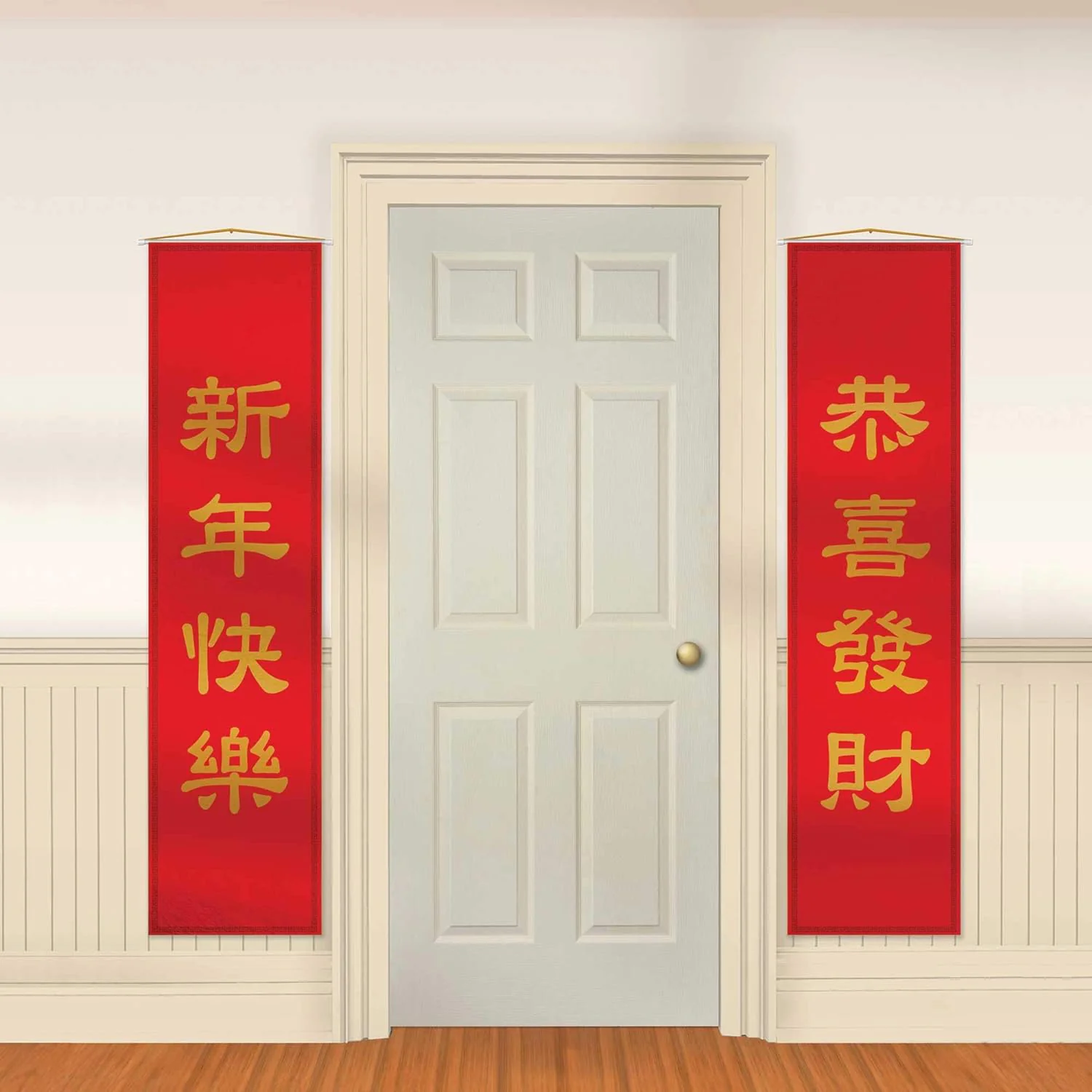
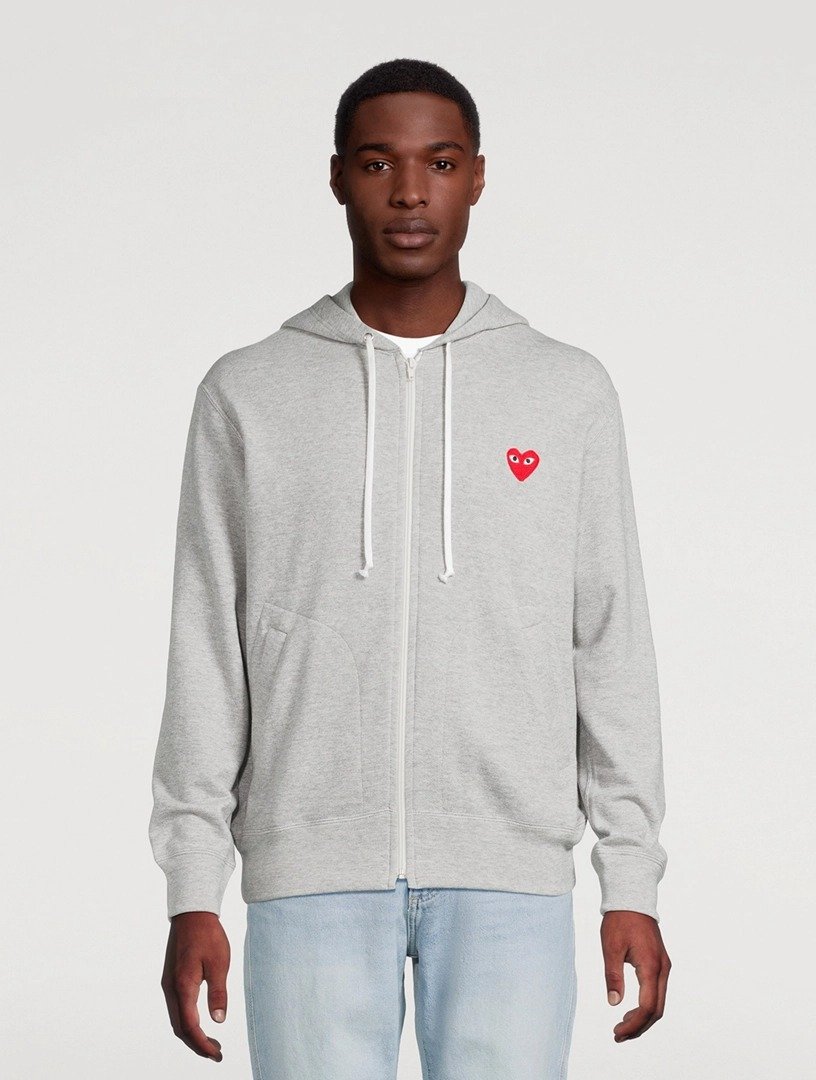



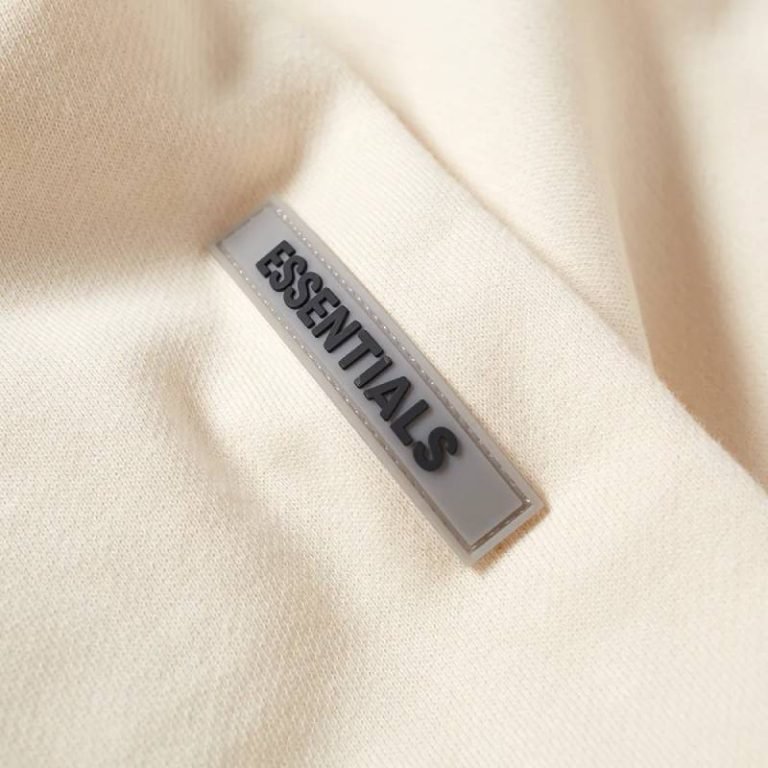
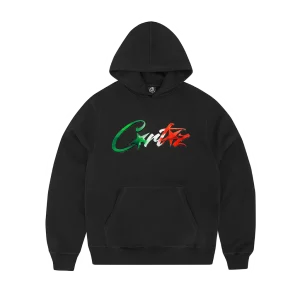

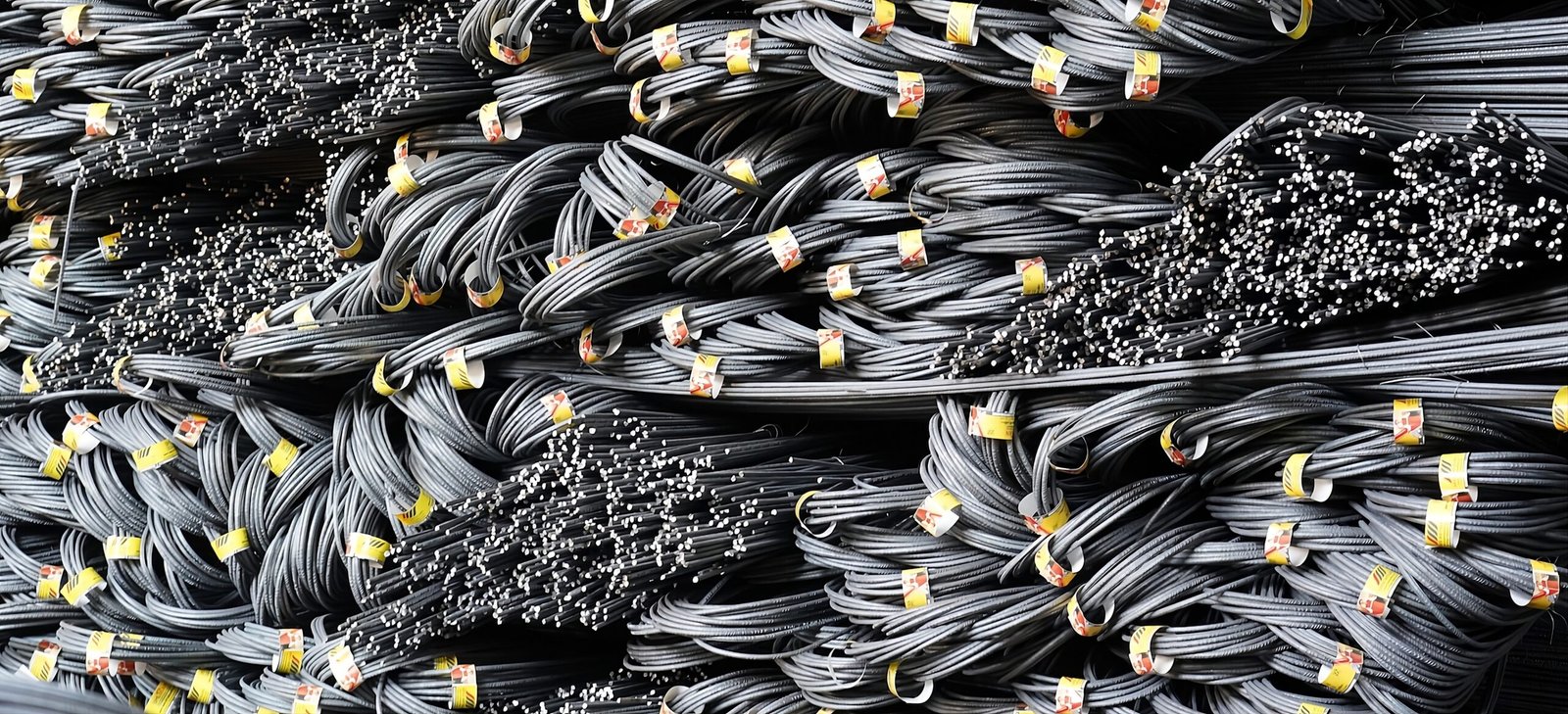

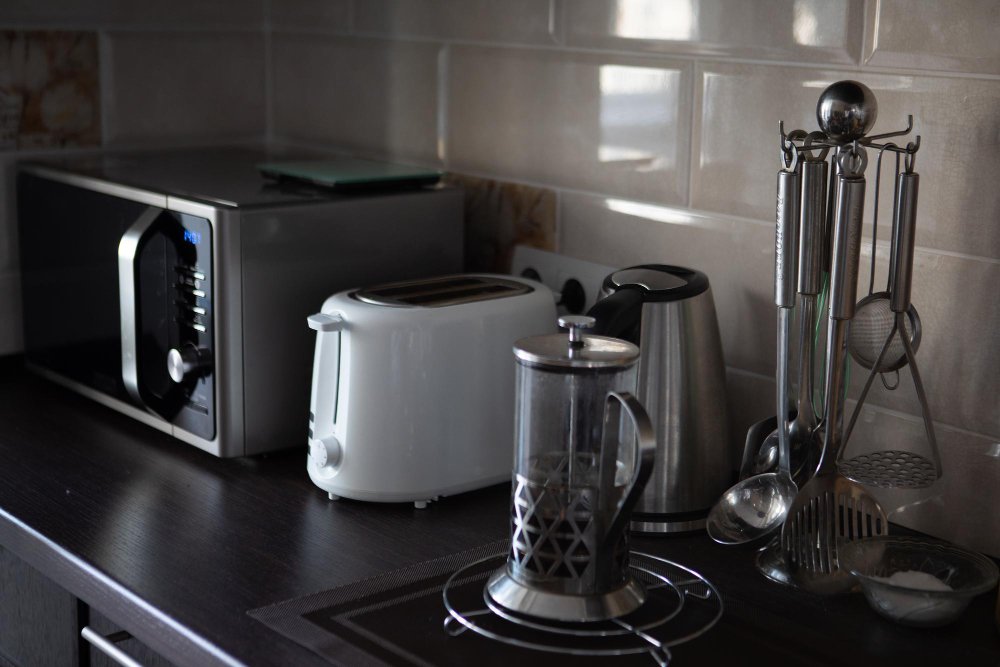
Leave a Reply